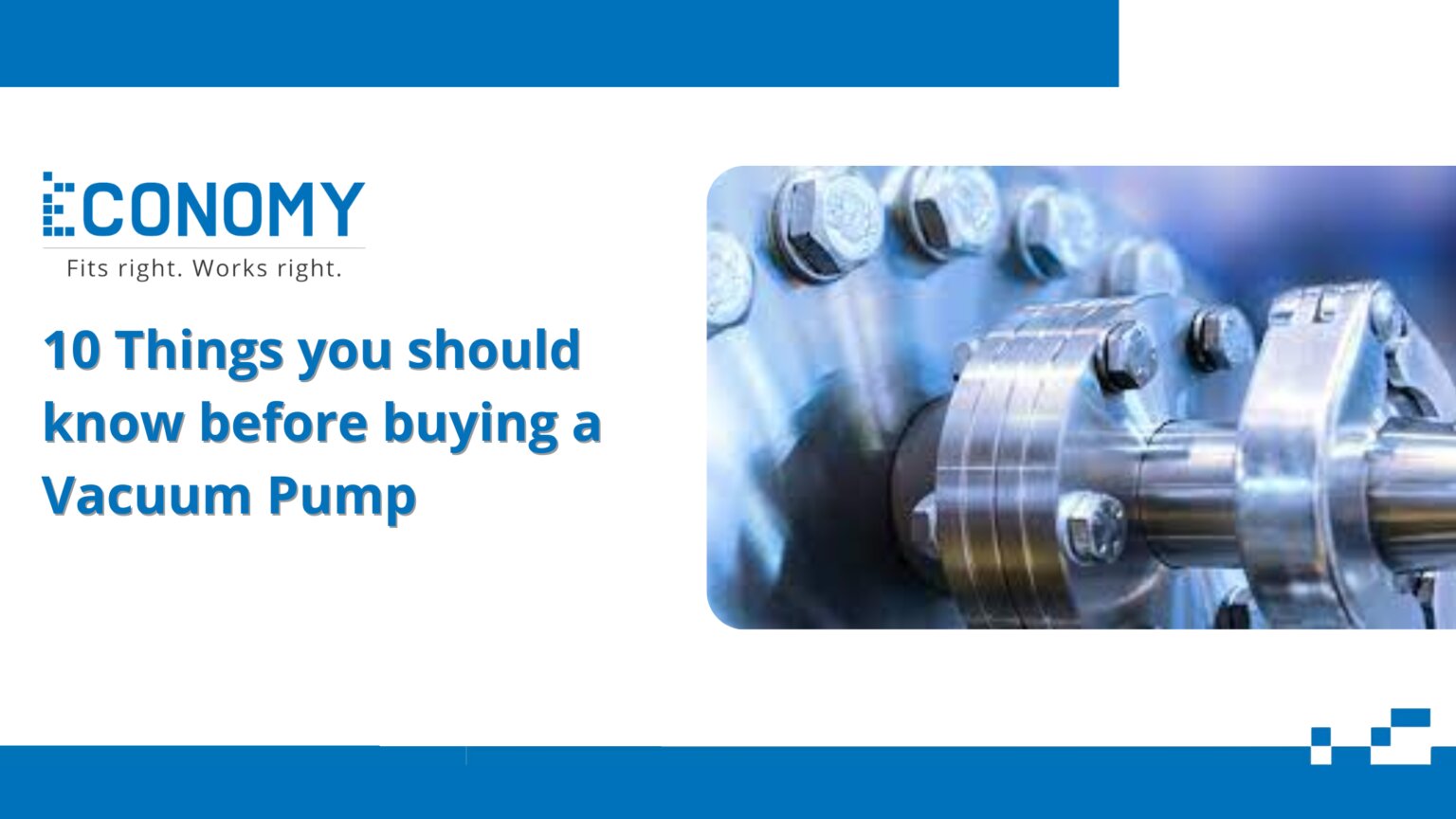
Types Of Vacuum Pumps And Their Uses
There are several types of vacuum pumps available on the market, each designed for specific applications.
Rotary vane pumps are commonly used for general laboratory applications, while diaphragm pumps are ideal for handling corrosive gases or vapors. Scroll pumps are known for their low maintenance and quiet operation, making them popular in research labs.
For more demanding applications, turbomolecular pumps provide high vacuum levels and fast pumping speeds. Cryogenic pumps use extremely cold temperatures to condense gases and achieve ultra-high vacuum levels required in semiconductor manufacturing.
Understanding the different types of vacuum pumps and their uses is crucial in selecting the right pump for your specific needs. By considering factors such as vacuum level requirements, gas compatibility, and maintenance needs, you can ensure that you choose the most suitable pump for your application.
Factors To Consider When Choosing A Vacuum Pump
When choosing a vacuum pump, there are several important factors to consider. One key factor is the required vacuum level for your specific application. Different pumps have varying levels of suction power, so it is crucial to choose one that can meet your needs. Another important consideration is the type of pump technology, as there are different types such as rotary vane, diaphragm, and piston pumps, each with their own advantages and disadvantages.
Additionally, you should consider the pumping speed and ultimate pressure of the pump to ensure it can handle your desired workload. It is also important to take into account the size and weight of the pump, as well as any noise levels or maintenance requirements that may impact its usability in your workspace. By carefully considering these factors for how to buy vacuum pump, you can select a vacuum pump that best suits your needs.
Maintenance And Upkeep Of Vacuum Pumps
Maintenance and upkeep of vacuum pumps are crucial for their efficient operation and longevity. Regular maintenance tasks include checking oil levels, changing oil when needed, cleaning filters, inspecting seals for leaks, and ensuring proper lubrication of moving parts. It is important to follow the manufacturer’s guidelines for maintenance intervals and procedures to avoid damage to the pump. Additionally, keeping a log of maintenance activities can help track the pump’s performance over time and identify any issues that may arise.
Proper storage of the pump when not in use is also essential to prevent dust or debris from entering the system. By staying on top of regular maintenance tasks, vacuum pumps can continue to provide reliable service for years to come.
Top 10 Features To Look For In A Quality Vacuum Pump
When looking for a quality vacuum pump, there are several key features to consider. Firstly, the type of pump is crucial – whether it’s a rotary vane pump, diaphragm pump, or scroll pump will depend on your specific needs. Next, consider the ultimate vacuum level and pumping speed required for your application. Noise level is also an important factor to take into account, especially if the pump will be used in a quiet environment.
Additionally, look for pumps with built-in safety features such as thermal overload protection and gas ballast valves. Ease of maintenance and serviceability should also be considered to ensure longevity and efficiency. Finally, don’t forget about the size and weight of the pump – make sure it fits your workspace and is easy to transport if needed.



